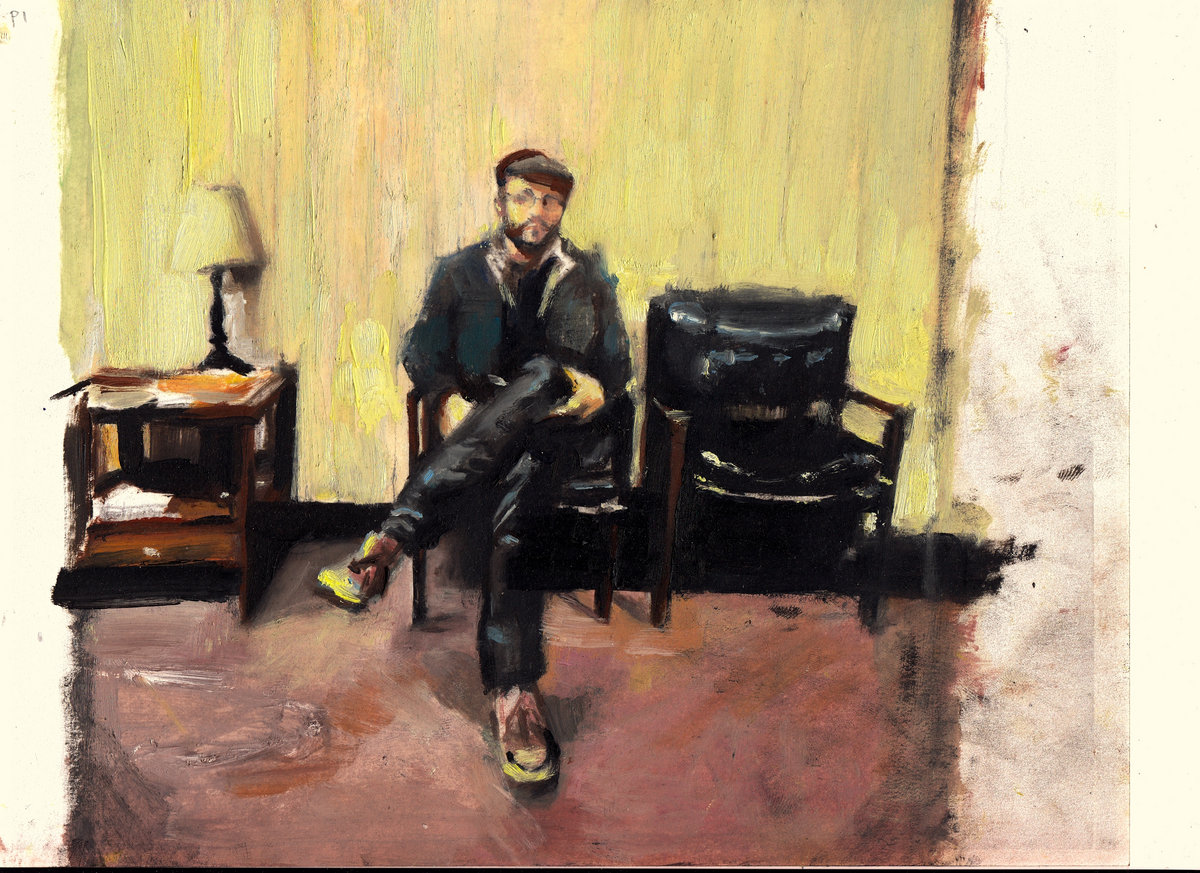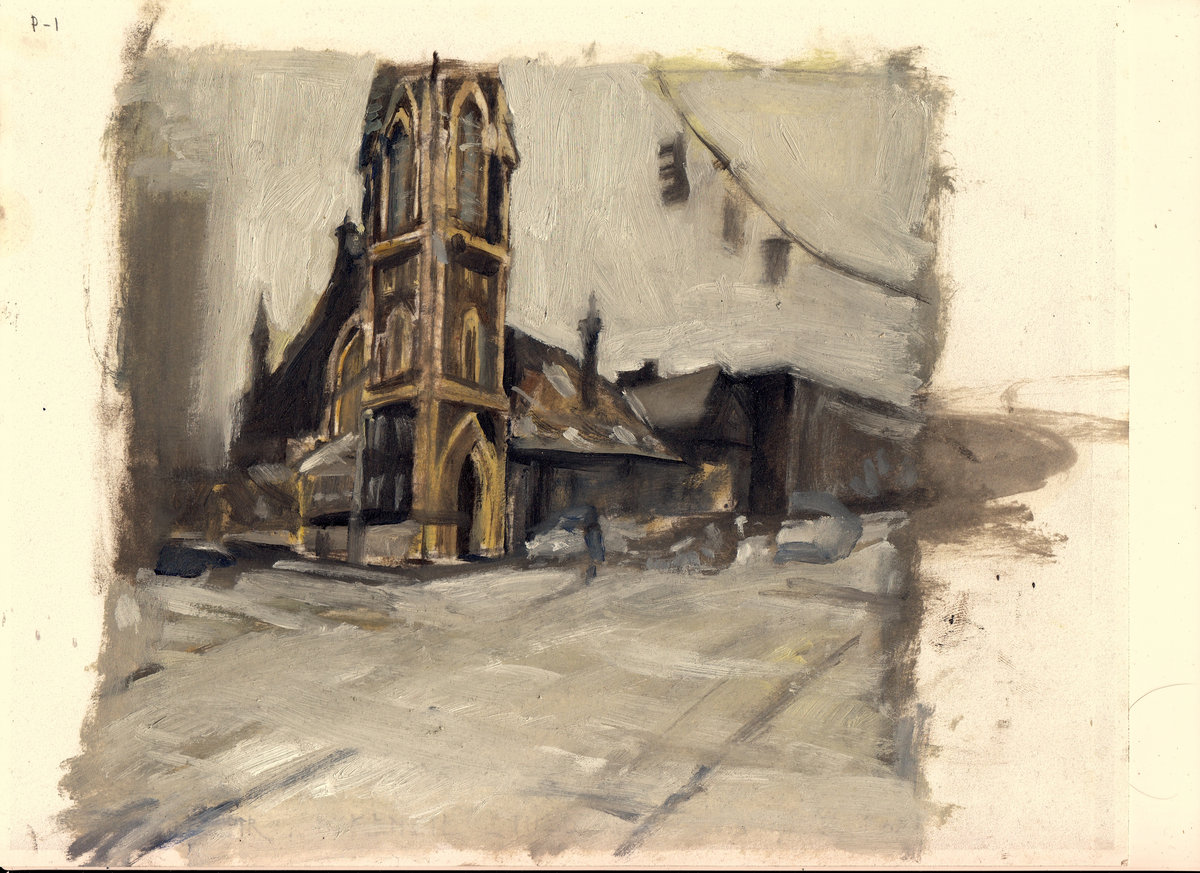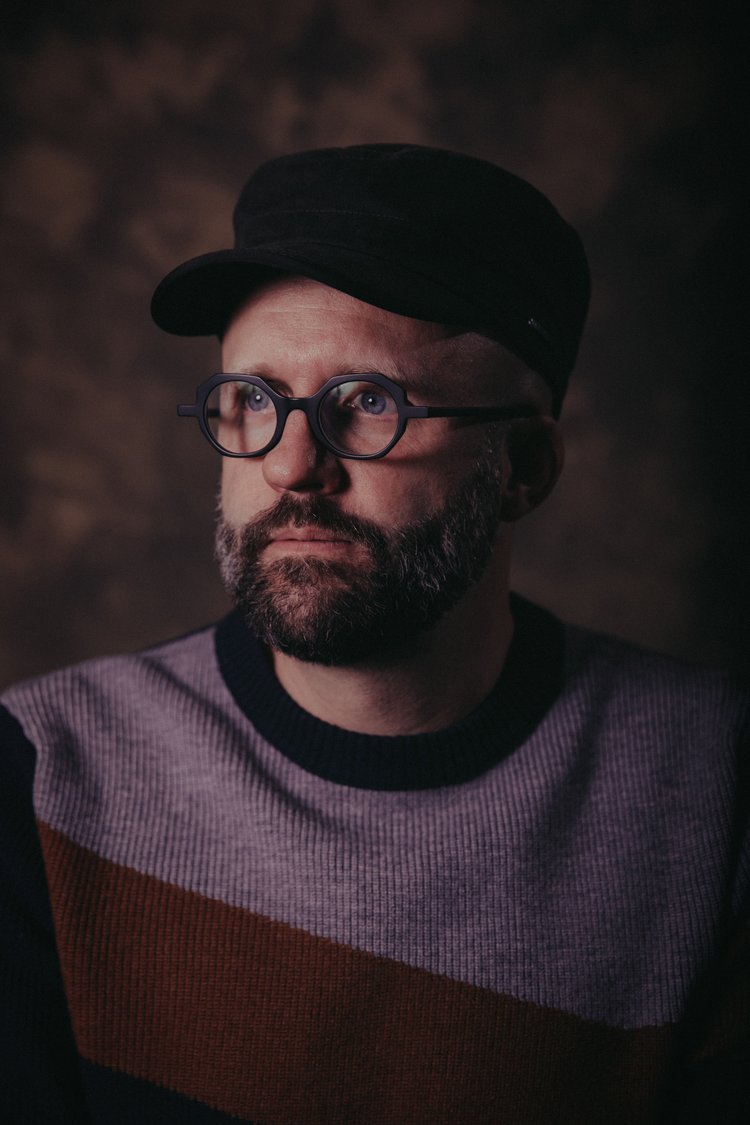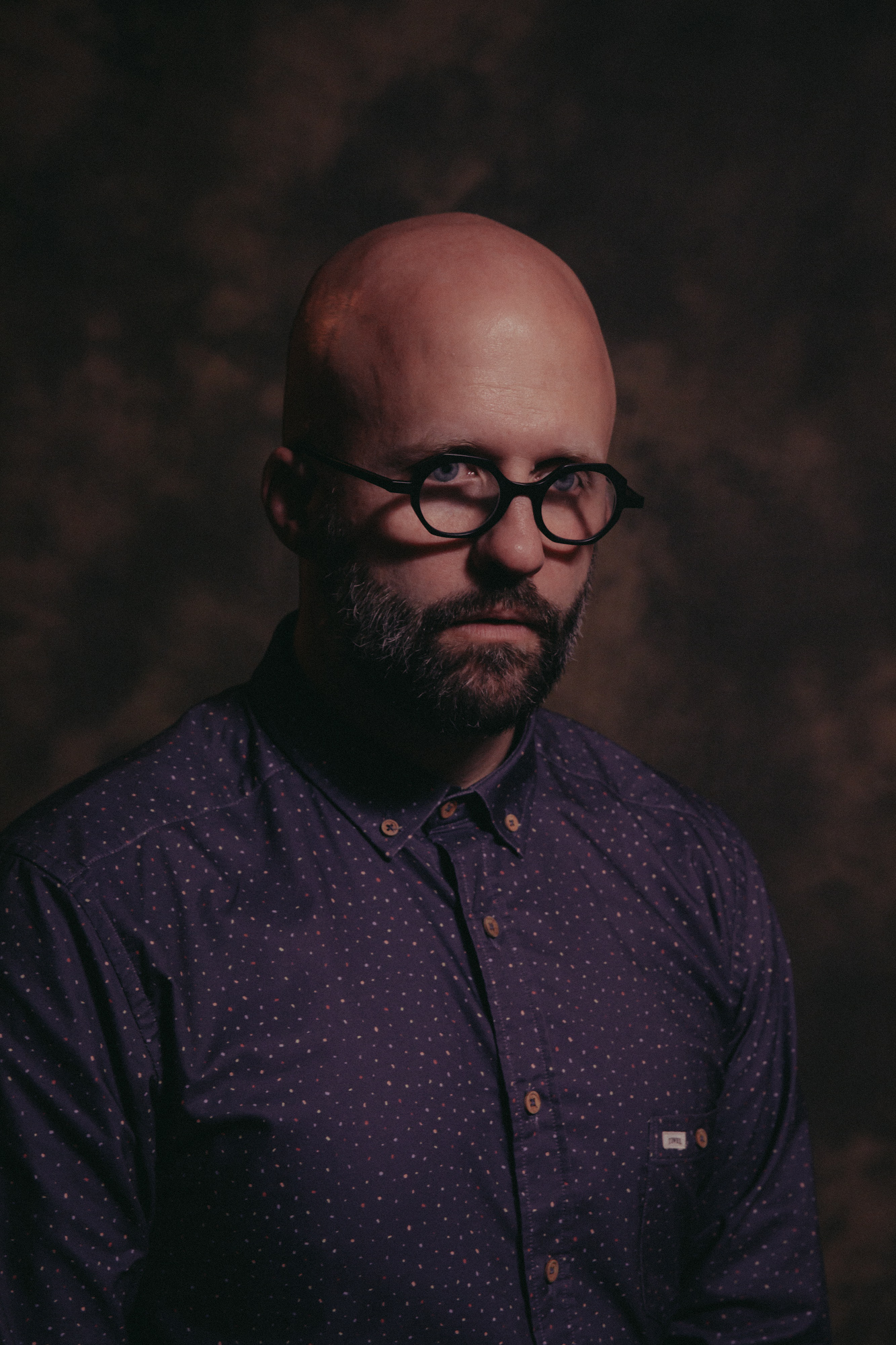McKenzie Stubbert | Interview | New Album, ‘Waiting Room’
‘Waiting Room,’ the latest album by Emmy-nominated composer and musician McKenzie Stubbert explores the relationship between machines and spirit.
‘Waiting Room’ blends new classical and electronic elements through experimentation, frustration, and eventual resignation with the instrument’s limitations. Curious Music issued a hand-numbered limited edition (of 500) CD and digital download.
McKenzie Stubbert has scored some of the pioneering and award-winning VR films for Chris Milk, Annapurna Pictures, Within, Here Be Dragons, and the UN. With over 30 VR pieces to date, highlights include Evolution of Verse, Clouds Over Sidra, Life of Us, and Kathryn Bigelow’s The Protectors. The Displaced for Here Be Dragons and The New York Times won the 2016 Cannes Lions award. He also scored the 2017 documentary, ELIÁN, produced by Alex Gibney and CNN Films.
“Working on this album was me trying to find something in myself”
How much “preparation” went into finishing ‘Waiting Room’?
McKenzie Stubbert: The entire album was a sometimes methodical, sometimes stumbling multi-year process of composing, recording, re-recording, and mixing. It was another year before it was released digitally. But I am excited to announce that the LP will be out….sometime next year. So, who’s waiting now??

There seems to be a very interesting concept behind it.
The title came from the album artwork. I originally asked my friend and painter Zach Johnson to paint a church across the street from my studio in downtown Portland, where I started writing this album. He asked for some snapshots of me, even though I told him I did NOT want to be on the cover. I sent a photo my wife took of me sitting in the waiting room of our marriage counselor. When he sent the (lovely) painting of the church, he also sent one of me sitting in that waiting room. He sort of apologized, but he also knew what he was doing. So not only did it become the cover, I changed the album’s title to ‘Waiting Room’.
Working on this album was me trying to find something in myself. An attempt to create something that, when I heard it back, sounded both like me and was something I liked. Some call it “finding your voice.” I didn’t realize until it was finished that I had put my life as an artist in some self-imposed waiting room. But then I started to see how that extended to all sorts of things in my life. Waiting for things to come to me rather than taking up space and utilizing my agency.
Where was the album recorded and how long did you work on it?
I started writing the album while still living in Portland, but most of it was recorded in my home studio in Los Angeles. I attempted to replace my rather noisy piano at my friend Patrick Warren’s studio up in the Valley. I soon found that I had actually stripped what was interesting about it. So now I refer to it as a “piano-machine” album, as my 1949 Acrosonic is just riddled with aches and clicks and sputters. I’ve been asked about some of this record’s unique “percussion” sounds. But that’s all from the piano.

How do you usually approach music making?
For too long, I pursued a more 19th-century approach to writing. Sitting at the piano, improvising or trying to “hear” something to write it down. I now use a more hybrid method which finds me bouncing from my piano to my computer and back again. Anything that gets my brain moving and the piece progressing. Once I’ve written the primary form of the piece, I then explore the “sound” of it all. As much as possible, I try to take elements from the primary instrument recordings and use them to create other textures and sounds like an efficient hunter trying to use every part of their prey.
What are some of the most important players that influenced your own style and what in particular did they employ in their playing that you liked?
If I were to be almost embarrassingly honest, my style has been equally influenced by jazz, the Contemporary-Christian music I grew up playing in church, the minimalist composers, and Randy Newman. However, the piano playing on this particular album is a mix of things that just fell out of me, like ‘Never I Know’ and my intentional misinterpretation of a few 70s film scores by David Shire and Henry Mancini.
Do you have any other active projects going on at this point?
I’m working on my next album, which will utilize more chamber music instruments and include some organic arrangements of some of the electronic work on my ‘For Their Return’ album and a cello project called “Elletro.”
What else currently occupies your life?
I produce and score films for my wife and writer/director Tiffany Kimmel. We made a stop-motion animated short called “Everybody Goes to the Hospital” that is currently on the film festival circuit. In addition, I score films and other visual projects and run an audio/music company called Ft. Myth.

Have you found something new lately you would like to recommend to our readers?
I’ve been spending a lot of time with 20th-Century Russian film composers like Michael Tariverdiev, Eduard Artemiev, and Gennady Gladkov.
Klemen Breznikar
McKenzie Stubbert Official Website / Instagram / Twitter / Bandcamp
Curious Music Official Website / Facebook / Instagram / Twitter / Bandcamp / YouTube




